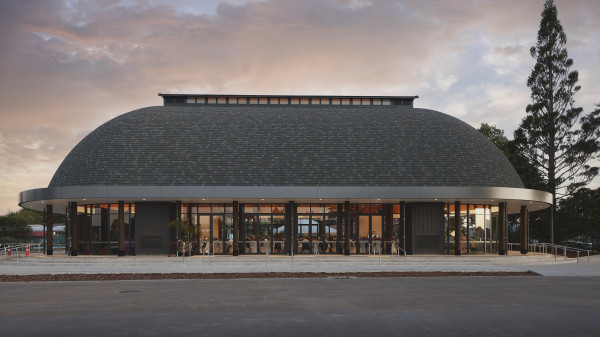K'aute Pasifika Village
Kānoa administered a total of $9.17 million of government funding to enable the renovations and restorations of 27 Pasifika Churches, from Balclutha to Kirikiriroa Hamilton, helping to create jobs and improve facilities for all Pasifika communities across Aotearoa New Zealand.

K'aute Pasifika Village
Based in Waikato, The K’aute Pasifika Village received $2 million in loans from the Provincial Growth Fund in support of its development, which exists to create healthier and stronger individuals and families by offering a wide range of health, education, employment, and social services – all woven together.
While this project alone created 298 jobs, K’aute Pasifika Trust Chief Executive Officer Leaupepe Rachel Karalus outlined the benefits of it will last long into the future with the project aiming to improve health and wellbeing outcomes for the Pacific and broader communities, “through Pacific models of care.”
The K’aute Pasifika Village is the first of its kind in Aotearoa, New Zealand and provides a range of Pasifika-focused holistic, services including an early learning centre and an iconic fale (meeting house) for community and cultural events.
Churches play a significant role in Pasifika local communities. They are not just places of worship, but are cultural treasures where elders and youth connect and inter-generational bonds are nurtured and strengthened through storytelling, songs, dance and arts. They provide a sense of belonging, a touchstone to ancestral roots, and are a platform for preserving languages, customs and traditions.
These churches also act as a social hub and venue for a multitude of significant events in the community – being vibrant, active villages in their own right.
While the 600-person fale itself is significant, what this village represents extends far beyond its walls. It not only serves 20,000 Pasifika people currently living in the Waikato region, but also anyone in the community wishing to access its services.

